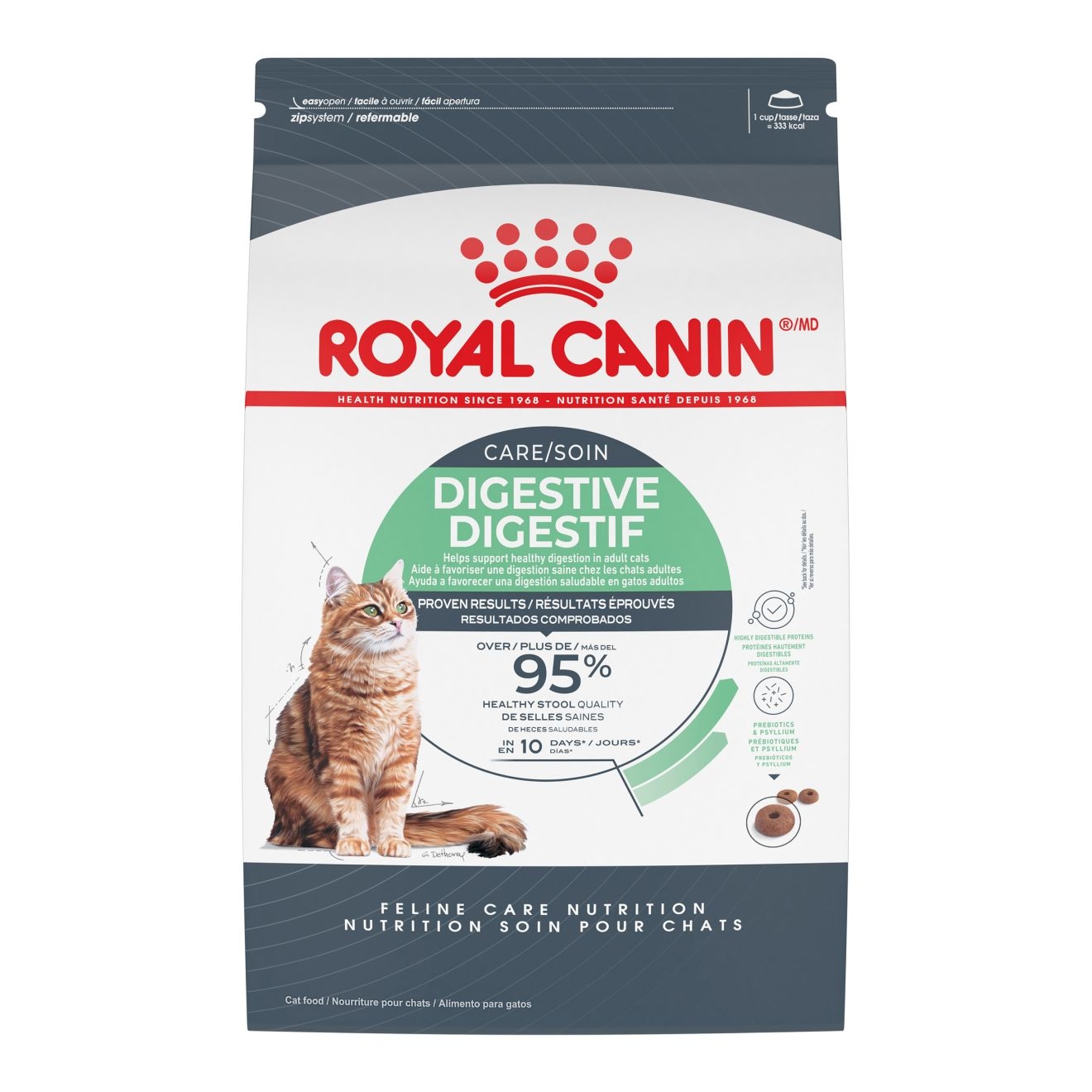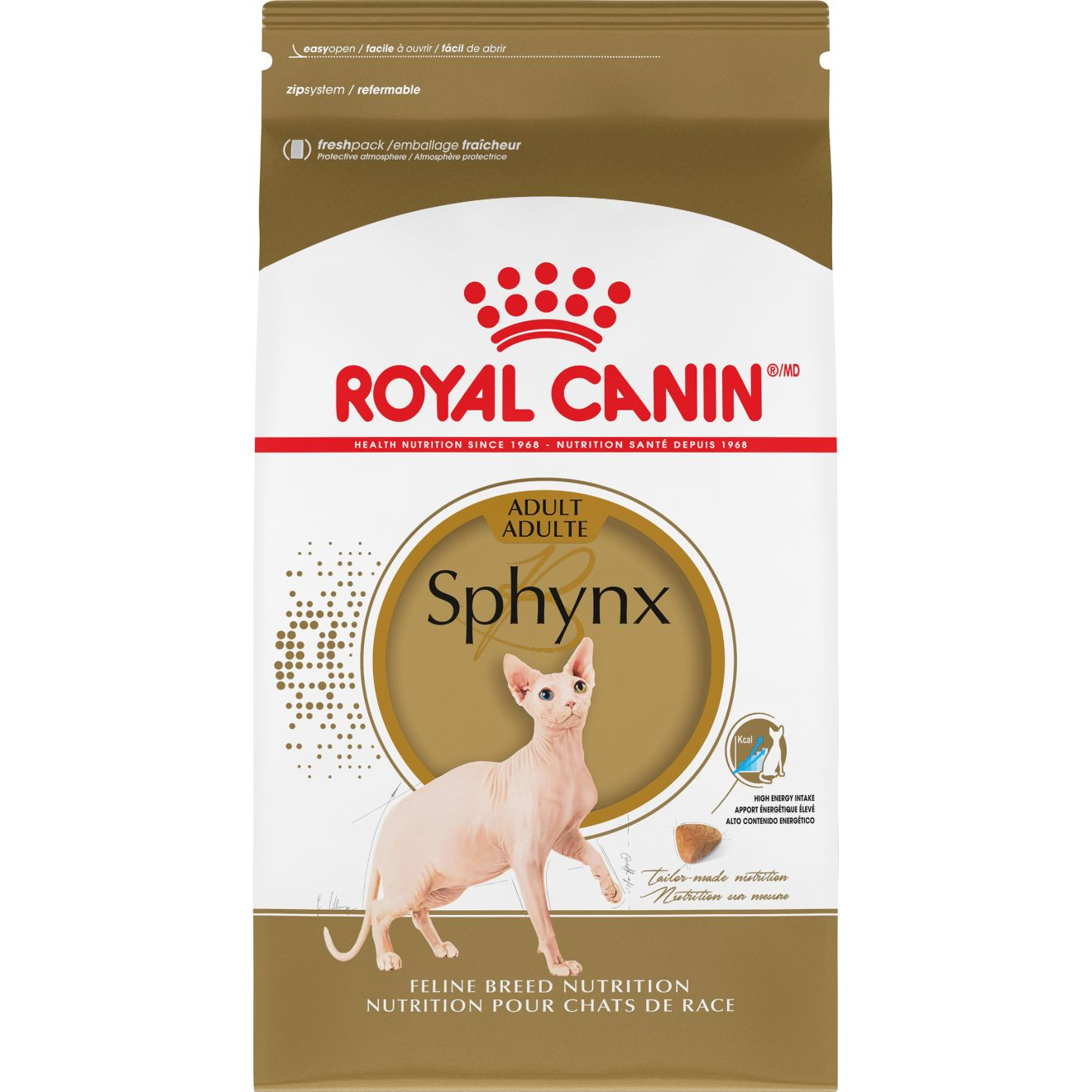The Purr-fect Solution: Choosing the Right Dry Food for Overweight Cats
Obesity is a growing concern in the feline world. Just like humans, cats can pack on extra pounds, leading to a range of health problems. If you have a cat prone to obesity, one of the most effective ways to help them slim down and stay healthy is by carefully selecting the right dry food. This article will guide you through the key considerations and features to look for when choosing dry food for an overweight cat.
Understanding Feline Obesity
Before diving into the specifics of dry food, it’s essential to understand why cats become overweight and the potential health risks associated with it:
-
Causes:
- Overfeeding: Cats often rely on their owners to regulate their food intake. Free-feeding (leaving food out all day) can lead to overeating.
- Lack of Exercise: Indoor cats, in particular, may not get enough physical activity to burn calories effectively.
- Age: As cats age, their metabolism slows down, making them more prone to weight gain.
- Genetics: Some cats are genetically predisposed to obesity.
- Underlying Health Conditions: In some cases, weight gain can be a symptom of an underlying medical issue, such as hypothyroidism.
-
Health Risks:
- Diabetes: Obese cats are at a higher risk of developing diabetes.
- Arthritis: Excess weight puts stress on joints, leading to arthritis.
- Heart Disease: Obesity can strain the cardiovascular system.
- Liver Disease (Hepatic Lipidosis): When a cat’s body tries to mobilize fat too quickly, it can overwhelm the liver.
- Skin Problems: Overweight cats may have difficulty grooming themselves, leading to skin infections.
- Reduced Lifespan: Obesity can shorten a cat’s lifespan.
Key Features to Look for in Dry Food for Overweight Cats
When choosing dry food for your cat, focus on these essential features:
-
High Protein Content:
- Why It Matters: Protein helps cats feel fuller for longer, which can reduce overeating. It also supports lean muscle mass, which is crucial for burning calories.
- What to Look For: Choose a food that lists a named animal protein (e.g., chicken, turkey, fish) as the first ingredient. Look for a protein content of at least 30% on a dry matter basis.
-
Low Carbohydrate Content:
- Why It Matters: Cats are obligate carnivores, meaning they are designed to get most of their energy from protein and fat, not carbohydrates. High-carb foods can lead to weight gain.
- What to Look For: Avoid foods with corn, wheat, or soy as primary ingredients. Look for foods with a carbohydrate content of less than 20% on a dry matter basis.
-
Moderate Fat Content:
- Why It Matters: While cats need fat for energy and essential fatty acids, too much fat can contribute to weight gain.
- What to Look For: Aim for a fat content between 10% and 20% on a dry matter basis. Ensure that the fat source is healthy, such as fish oil or poultry fat.
-
High Fiber Content:
- Why It Matters: Fiber helps cats feel full and promotes healthy digestion.
- What to Look For: Look for foods with added fiber sources like cellulose, beet pulp, or psyllium husk.
-
L-Carnitine:
- Why It Matters: L-Carnitine is an amino acid that helps the body convert fat into energy. It can be beneficial for weight management.
- What to Look For: Check the ingredient list for L-Carnitine.
-
Controlled Calorie Content:
- Why It Matters: It’s crucial to know how many calories your cat is consuming per serving.
- What to Look For: Check the feeding guidelines on the food packaging and adjust the portion size accordingly. Many brands offer "light" or "weight management" formulas that are lower in calories.
-
Palatability:
- Why It Matters: If your cat doesn’t like the food, they won’t eat it, defeating the purpose.
- What to Look For: Consider trying a small bag of a new food before committing to a larger one. You can also look for reviews from other cat owners.
Reading the Label: A Guide to Deciphering Ingredients
Understanding the ingredients list on cat food packaging is essential for making informed decisions. Here’s what to look for:
- Ingredient Order: Ingredients are listed in descending order by weight. The first few ingredients make up the bulk of the food.
- Named Protein Sources: Look for specific protein sources like "chicken," "turkey," or "salmon" instead of vague terms like "meat by-products."
- Whole Grains vs. Refined Grains: Whole grains like brown rice and oats are generally better than refined grains like white rice or corn.
- Artificial Additives: Avoid foods with artificial colors, flavors, and preservatives.
- Guaranteed Analysis: This section provides information on the protein, fat, fiber, and moisture content of the food.
Tips for Transitioning to a New Food
When switching your cat to a new dry food, do it gradually to avoid digestive upset:
- Day 1-3: Mix 25% of the new food with 75% of the old food.
- Day 4-6: Mix 50% of the new food with 50% of the old food.
- Day 7-9: Mix 75% of the new food with 25% of the old food.
- Day 10: Feed 100% of the new food.
Additional Tips for Managing Your Cat’s Weight
- Measure Food Portions: Use a measuring cup to ensure you’re feeding the correct amount.
- Feed Multiple Small Meals: Instead of leaving food out all day, divide your cat’s daily ration into several small meals.
- Interactive Feeders: Use puzzle feeders or slow feeders to make your cat work for their food, which can help prevent overeating and provide mental stimulation.
- Increase Exercise: Encourage your cat to be more active by providing toys, scratching posts, and climbing structures. Schedule playtime each day.
- Regular Vet Checkups: Consult with your veterinarian to determine your cat’s ideal weight and to rule out any underlying health conditions.
Conclusion
Choosing the right dry food is a crucial step in managing your cat’s weight. By focusing on high protein, low carbohydrates, moderate fat, and high fiber, you can help your cat lose weight and maintain a healthy body condition. Remember to transition to the new food gradually, measure food portions carefully, and provide plenty of exercise. With patience and dedication, you can help your furry friend live a longer, healthier, and happier life.

